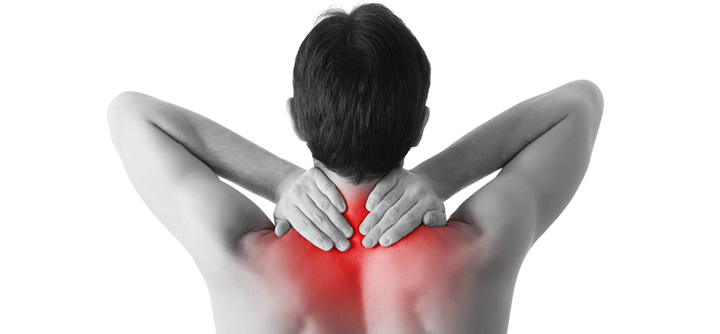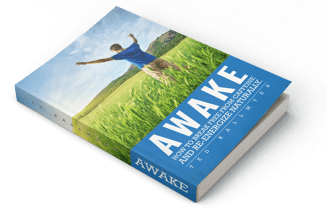Caffeine Reduces Muscle Pain

Caffeine’s pain reducing qualities have long been known and researched.
In fact, caffeine is one of the main ingredients in such pain relievers as Excedrin and Anecin.
However, with caffeine and pain relief there is definitely a catch 22 situation.
Consuming occasional caffeine can be a great pain relief enhancer, BUT using caffeine everyday and then stopping caffeine can actually cause headache and muscle pain.
Let’s look at some of the research behind caffeine and it’s pain relieving qualities.
Pain Relief and Caffeine Research
1. The University of Georgia has found that a moderate dose of caffeine (about two cups of coffee) can reduce post-workout pain by up to 48%.
Anyone who has ever done any weight training is familiar with the pain of sore muscles. It’s particularly nasty if you are new to exercise (or have laid off for a while).
This research was small and for some reason they only tested women. Not only this – but the women were not regular caffeine users – so perhaps the effect might be reduced in those who are regular caffeine drinkers.
“A lot of times what people use for muscle pain is aspirin or ibuprofen, but caffeine seems to work better than those drugs, at least among women whose daily caffeine consumption is low,” O’Connor said.
2. The Journal of the American Medical Association published a study that wanted to see if caffeine acted a pain relieving adjuvant. In other words, if it could increase the effectiveness of other drugs while using less of the other drug.
They concluded that when caffeine was combined with other pain relievers, 40% less of the other drug was needed to bring the same amount of relief experienced with using just the non-caffeine drug alone.
3. A study published in a 2003 issue of The Journal of Pain showed that caffeine can also reduce muscle pain during moderate intensity exercise.
Some participants were given large doses of caffeine prior to cycling exercise, others were not. The caffeine group had significant less muscle pain during the exercise than the placebo group.
This may also explain why caffeine is used as an endurance aid for athletes.
4. New research out of Brazil, which was conducted by Embrapa Genetic Resources and Biotechnology and the University of Brasilia (UNB) isolated a protein in coffee beans that is similar to morphine, but works even better. Note that this is separate from the caffeine compound’s pain relieving effect. They are currently doing further research concerning this protein and its pain relieving applications.
Caffeine Tolerance Makes a Difference
If a person consumes caffeine everyday, then the only way to experience caffeine’s pain relieving effect is to consume a dose greater than the daily amount he or she has been accustomed to.
Since people build up a tolerance to the caffeine molecule, habitual caffeine more or less maintains a sense of normality.
This is why such severe withdrawal symptoms can be experienced when the daily dose is missed. There is a drastic departure from what normal feels like and pain, therefore ensues.
How to experience the most pain relief from caffeine?
- Don’t consume caffeine everyday, but only when pain relief is needed.
- Consume the same amount of caffeine everyday and extra when pain relief is desired.
- Don’t miss your daily dose if you’re a habitual caffeine consumer.
Caffeine can be used as a way to reduce and manage muscle pain as well as other pain, but it seems to only be effective when the above guidelines are followed.

Get Help Quitting Caffeine
Reduce your caffeine intake without pain and discomfort.
Download our FREE ebook




